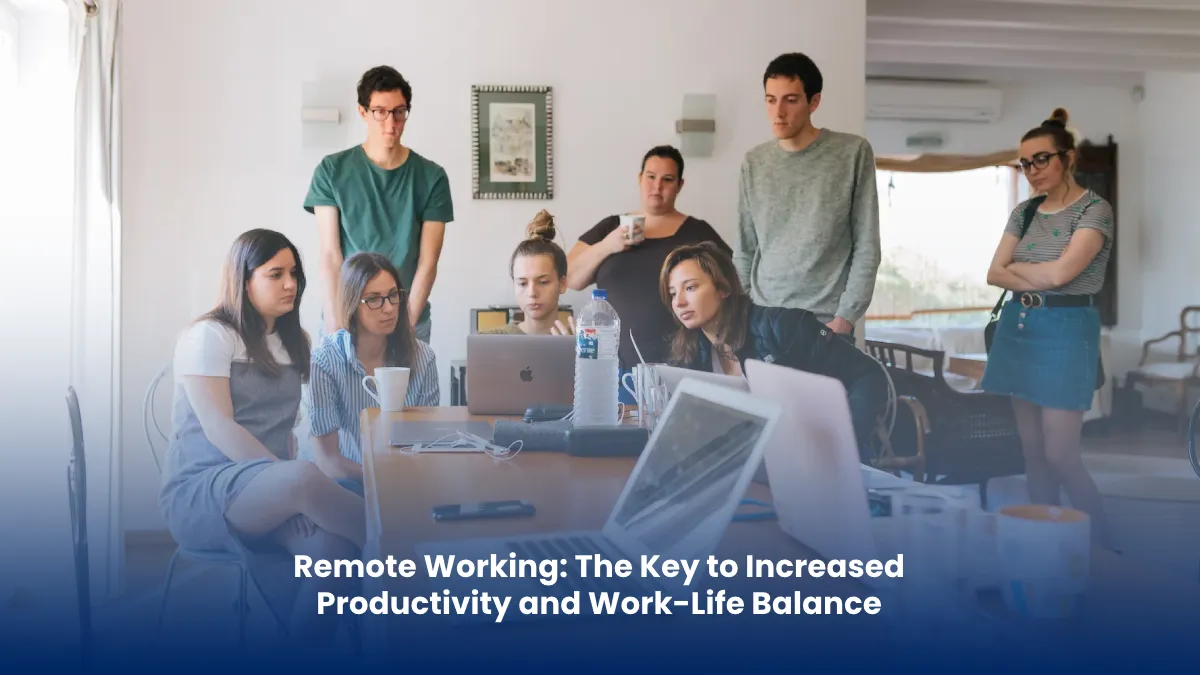Hiring remote employees is the future of working – it’s become a necessity for many businesses. Work-from-home opportunities are growing rapidly, as companies are leveraging emerging technologies and creating a more diverse workforce. Many companies now have remote teams that work completely from home – although many companies allow their employees to work from home at least once a week. Upwork found that freelancers’ working hours had risen 168 percent between 2015 and 2018. This is due to the ease with which freelancers can access the internet and communicate with others. Remote working has become more common and will only continue to grow in popularity.
People are increasingly mobile, cooperative, and dynamic, as well as having a wide array of different communication preferences. These people come from many different industries, and each one has unique challenges when it comes to staying in touch while they work. Being a manager of a remote workforce may seem daunting, but with the right tools and hard work, it can be managed efficiently – and actually hurting your business is probably more harmful than helping it grow.
One solution that enables remote employees to stay connected is video conferencing (Skype, Google Hangouts, Appear.in, etc.). If outsourcers have the right technology, they can share video and chat with each other without having to travel to a meeting. It’s like having a virtual face-to-face meeting when you’re at home or at work. A lot of companies have even eliminated the need for a dedicated office space and instead are running their business out of a shared coworking space to meet the needs of their largely remote workers. As technology advances and people are able to work from anywhere, communication using remote tools, like mobile apps, virtual reality conferencing, will become increasingly common. These advancements wouldn’t have been possible without the internet’s rapid development over the past decade.

Many employees are accustomed to having more time to spend with their families and friends, and to avoiding arguments in the office. 90% of remote workers plan on working remotely for the rest of their careers. Some remote workers refuse to accept a traditional onsite job, knowing they can find a more flexible, easier gig elsewhere.
So, organizations should start to address their policies and capabilities for managing their outsourced workers more effectively. 63 percent of companies have remote workers, yet 57 percent of companies do not have a remote work policy. If you are concerned about the productivity and performance issues that come with remote workers working for your company, we recommend creating standard key performance indicators (KPIs) for both managers and employees and having weekly business meetings to review progress. Remote team members will be aware of what they should do and can ask questions to be answered. It will also allow managers to monitor how remote employees are doing.

AI is everywhere; businesses are becoming more adept at applying it. Most people are familiar with using artificial intelligence in some way, but the truth is there are many different ways that AI can be applied to our daily lives, from the mundane to the amazing. As the capabilities of AI / machine-learning technology continue to improve, companies will need more talent to be successful.



